Last updated on April 8th, 2020 at 08:01 pm
AFC Energy, a developer of alkaline fuel cells and a company that pioneers itself in the development of hydrogen technologies, revealed its first off-grid EV charging unit at an event that took place on 5 December.
The unit, named the H-Power EV Charger, was shown to numerous members of the press at its headquarters in Surrey, in the UK. WhichEV had the pleasure of attending the event and seeing the unit in action, we also had an interview with Adam Bond, CEO of AFC Energy – watch the video on our YouTube channel or click play on the video linked above.
What is it?
AFC Energy's EV charging unit is a system that converts ‘low grade' hydrogen (99.9%) into AC power, which can be used to charge a vehicle. The key selling point is that the charging unit, unlike other systems, can be used in remote off-grid locations. The company envisages a large uptake in EVs across consumer and commercial markets.
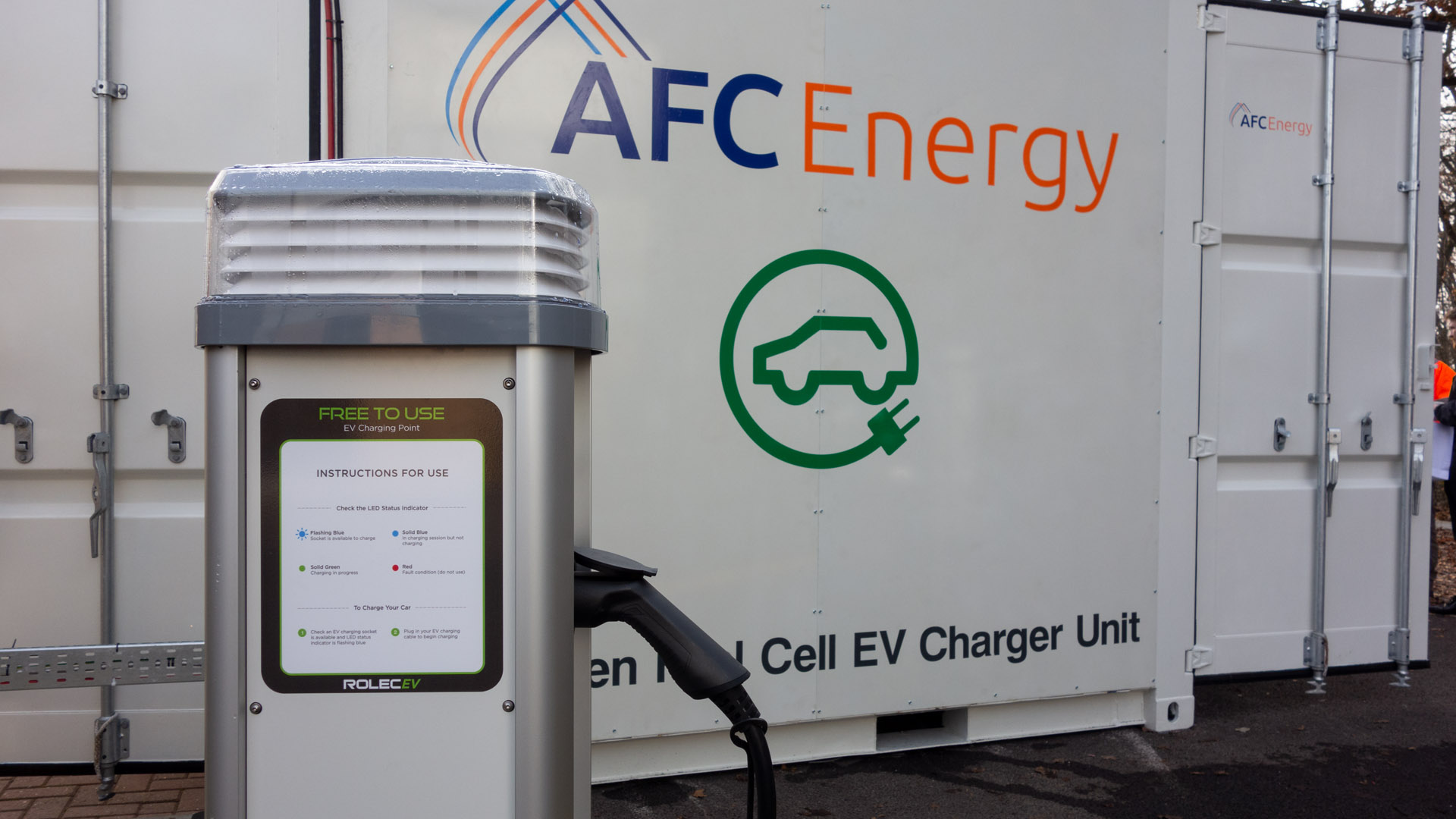
As such, there's bound to be an increase in demand from the National Grid. Many have spoken out about the impact EVs will have on the grid's infrastructure, whereby blackouts might become more frequent if everyone in the UK decides to plug-in a vehicle. In its current rate, the grid can't keep up with the load that's required; solutions are needed and the H-Power EV Charger seems to address the issue.
AFC Energy has partnered with Rolec EV, who will provide the consumer-facing charging units that will come with a 22 kW (32A) Type 2 AC charger port.
How big is it?
In comparison to a small EV charger installations that plug into the grid, the H-Power system requires a container and some hydrogen fuel. The size of the unit truly depends on the amount of power that's required – a 40ft (12m) container is required for a rapid 160 kW charging unit.
This is down to the process that's required to convert the hydrogen gas into a high-powered electric output. The company uses its own HydroX-Cell (L) alkaline fuel cell to achieve the result; this uses a liquid electrolyte that, in turn, outputs drinkable mineral water – idyllic for remote locations that don't have access to running water.
Read next: What is an EV? Everything you need to know about an electric car
Can the size be reduced?
Currently, the liquid system is the only one that AFC Energy is selling, however, a solid membrane variant is said to be in development. The latter runs at a much higher operational density at over 1,000mA/cm2 as opposed to the liquid 220mA/cm2. With a higher density, the unit can shrink to a fifth of the size of the liquid system, whereby we might even see it used in vehicles. Right now, however, it's being developed as a charger unit, only.
AFC Energy will be using its HydroX-Cell(S) alkaline fuel cell for the solid membrane fuel cell; expect it to be available in 2022.
How much power can it deliver?
At the time of writing this article, the H-Power EV Charger will be available to deliver up to 22 kW of power to a multitude of charging units.
There are far more powerful systems on the company's roadmap: a 160 kW unit is expected in summer 2020; a 480 kW model in 2021; and by utilising solid membrane technology a 1 MW+ unit by 2022. That's an insanely powerful system, which the grid and current (and even future) EV chargers cannot compete with.
Better still, the ‘installations' aren't permanent and are designed to be scalable. As technology moves on and demands for EV charging points increase, AFC Energy will be able to chop and change its units based on its customers' demands.
At the event, it was hinted that a multi-MW installation could be designed to power a much larger scale operation; think a small village or an industrial estate.
How much does it cost?
The cost to AFC Energy's customers is dependant on the size and configuration they wish to choose. It could span from an initial capital investment of £5,100 to £10,500 per kW. Operational costs are minimal at around 30p/kWh while using ammonia fuel. WhichEV anticipates the cost of the solid membrane unit to be much dearer, but no official pricing has been announced.
Read next: Future electric cars: The best upcoming electric cars, SUVs and pickup trucks
Are there any limitations?
From our point of view, the biggest limitation is sourcing the hydrogen itself. The charger unit cannot operate without hydrogen and as such, constant deliveries to an H-Power EV Charger are required. With that said, it's the same principle that applies to petrol stations – a tanker comes to deliver the fuel, and that process has been in the works for decades, so it should be achievable if proper planning is conducted prior to the installation of such a charger unit.
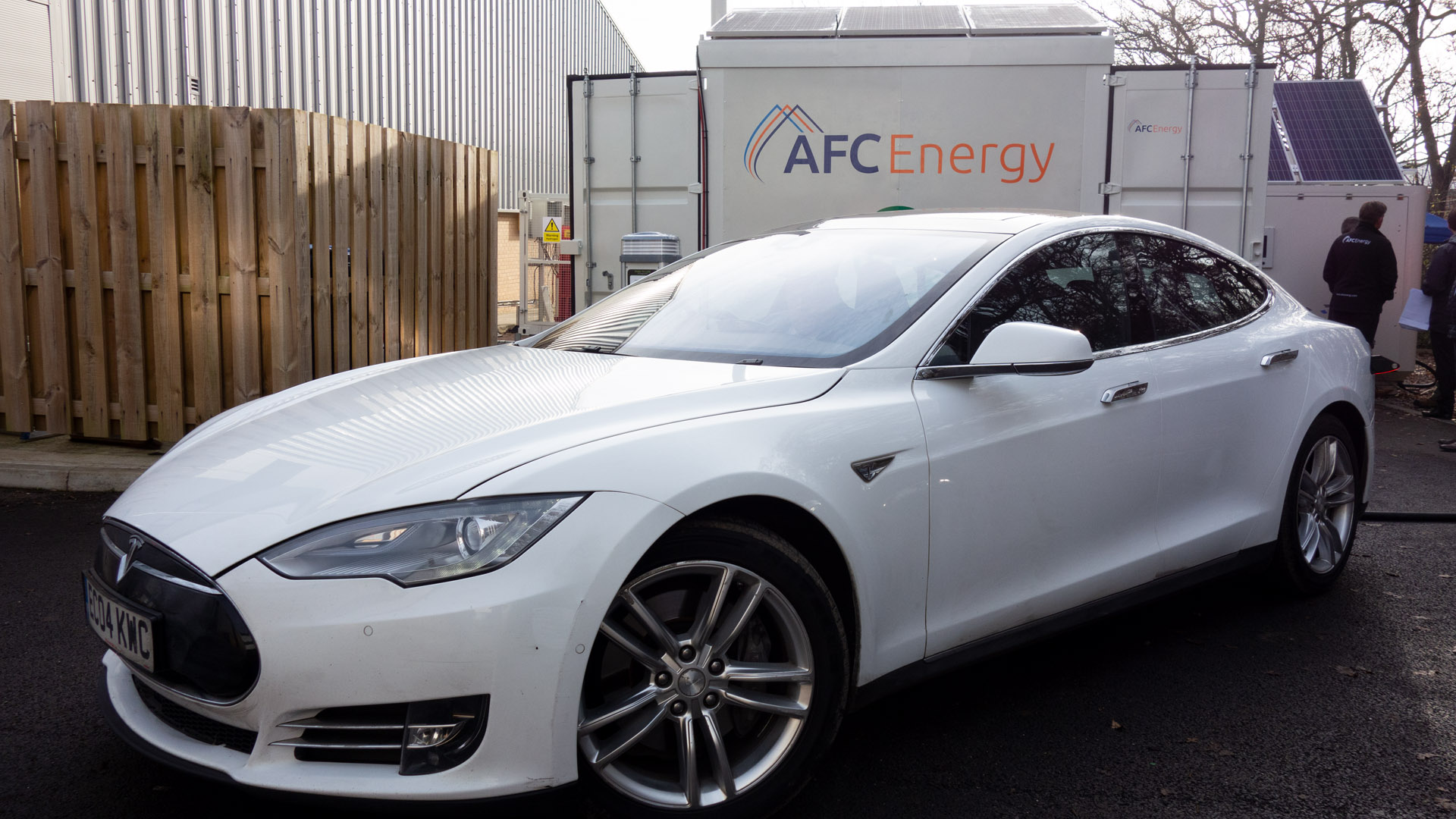
There is, of course, a few ‘green' questions to ask: is the transportation of hydrogen done via fully-electric vehicles? Is the extraction of hydrogen done ethically? Will we get to a stage where demand exceeds supply?
Let us know what you make of the charger unit, in the comments section below. Here at WhichEV, we're excited to see such solutions come to market and we can't wait to see what the future holds for this particular strand of technology.

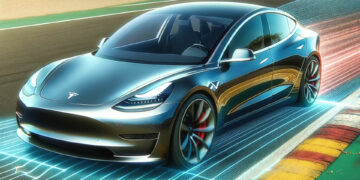
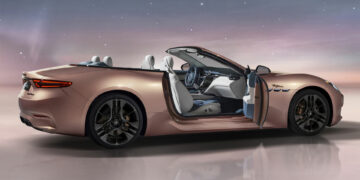



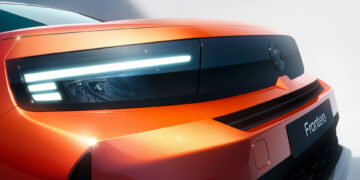

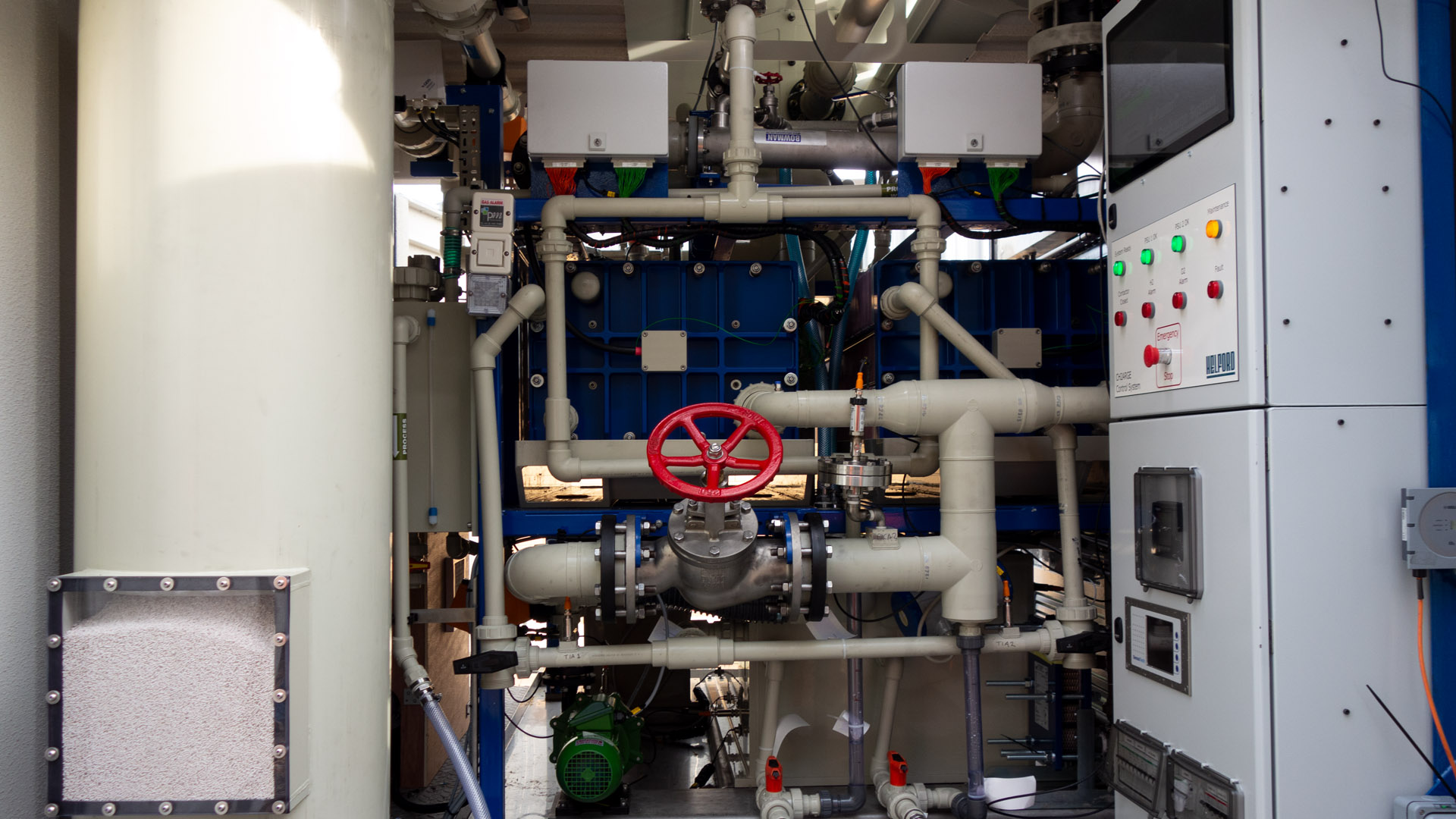
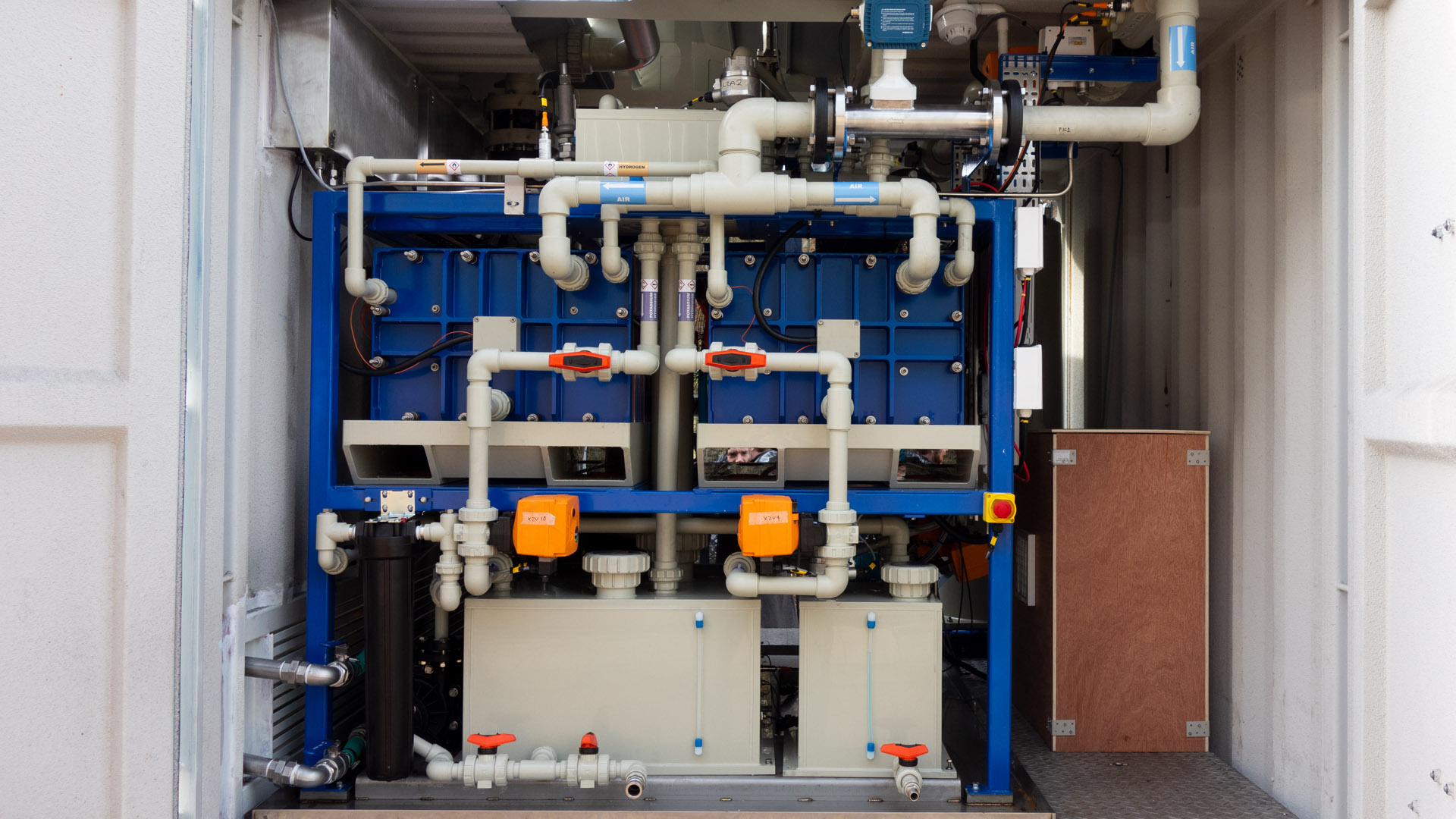

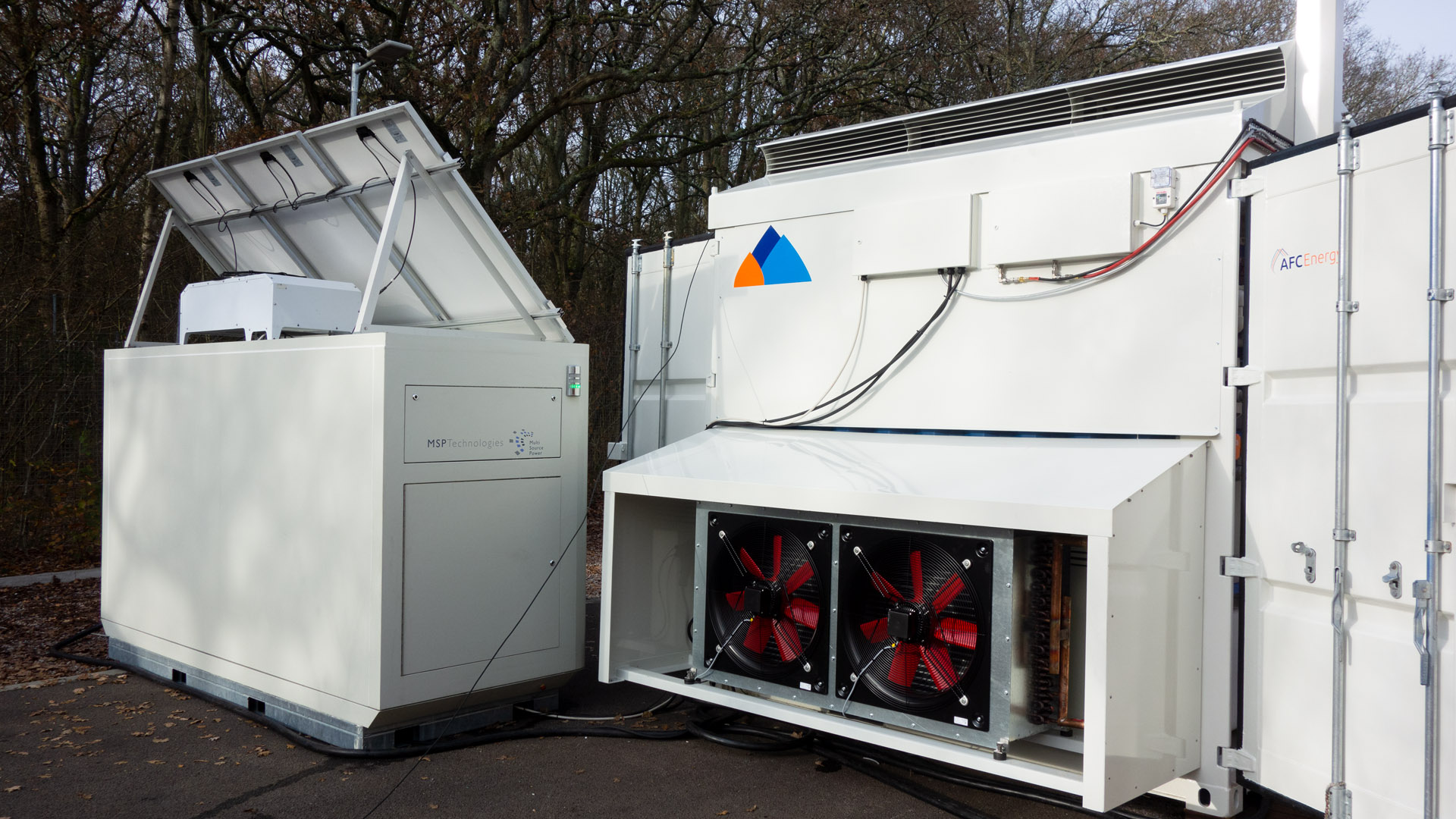
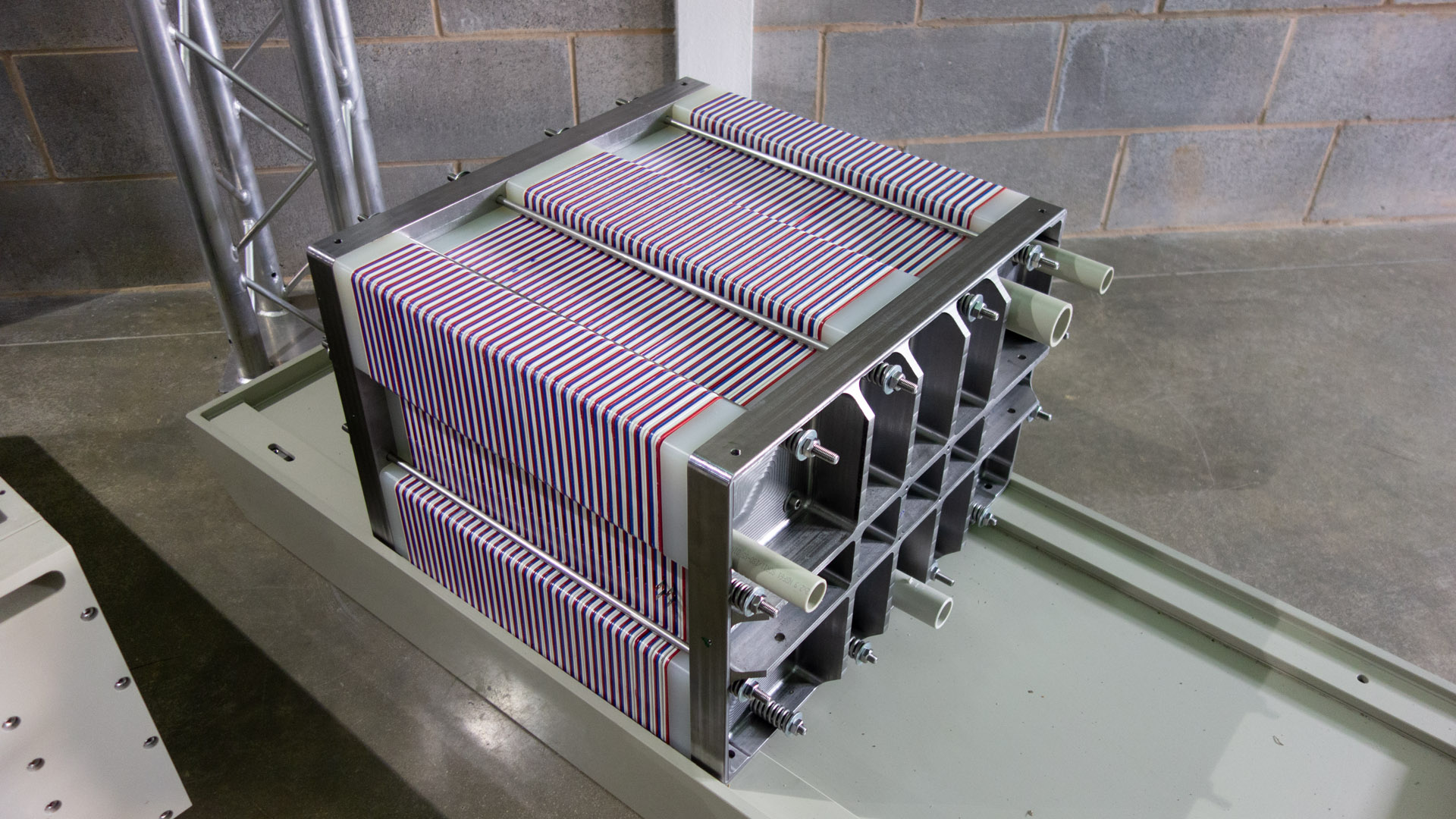

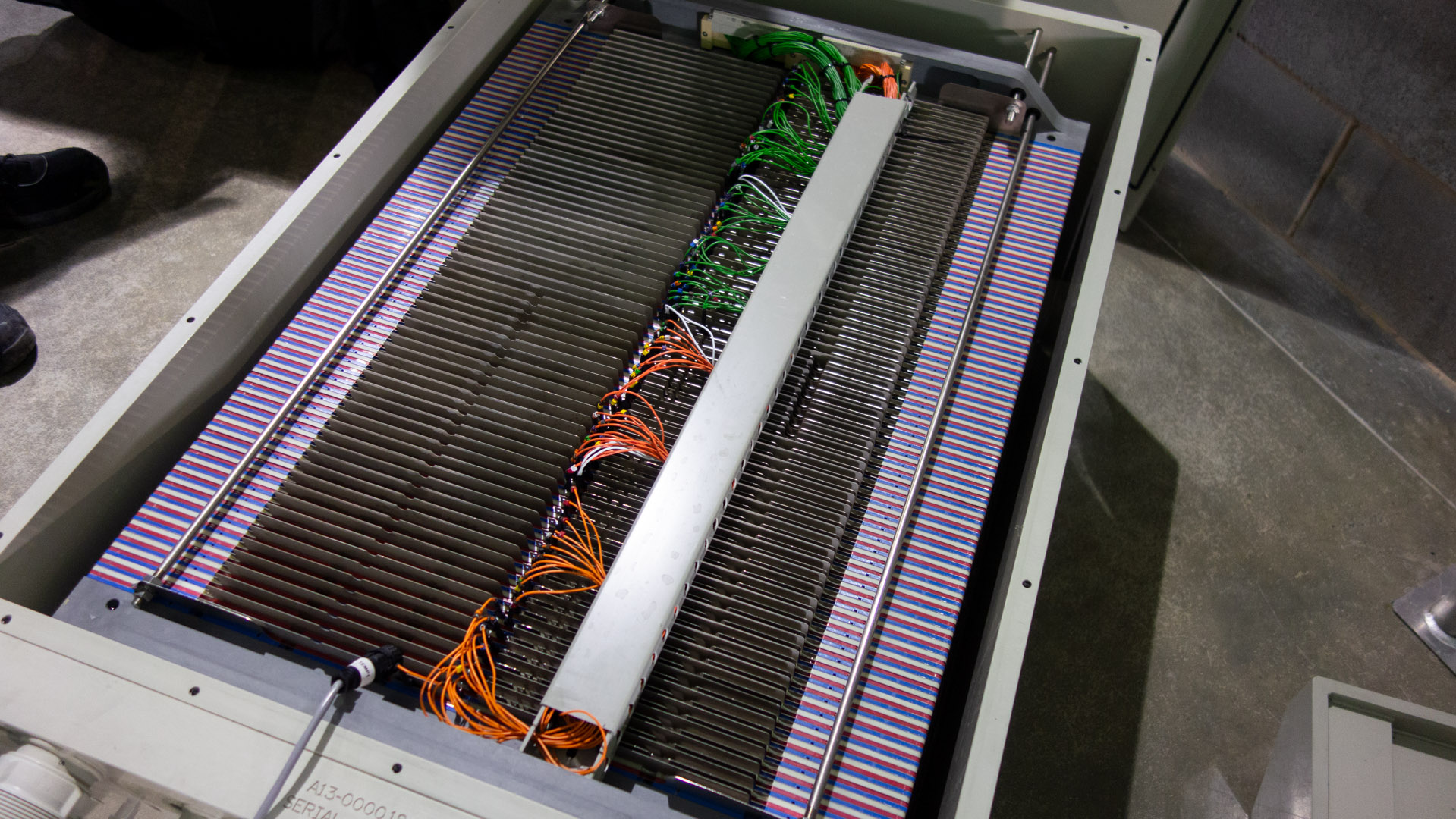

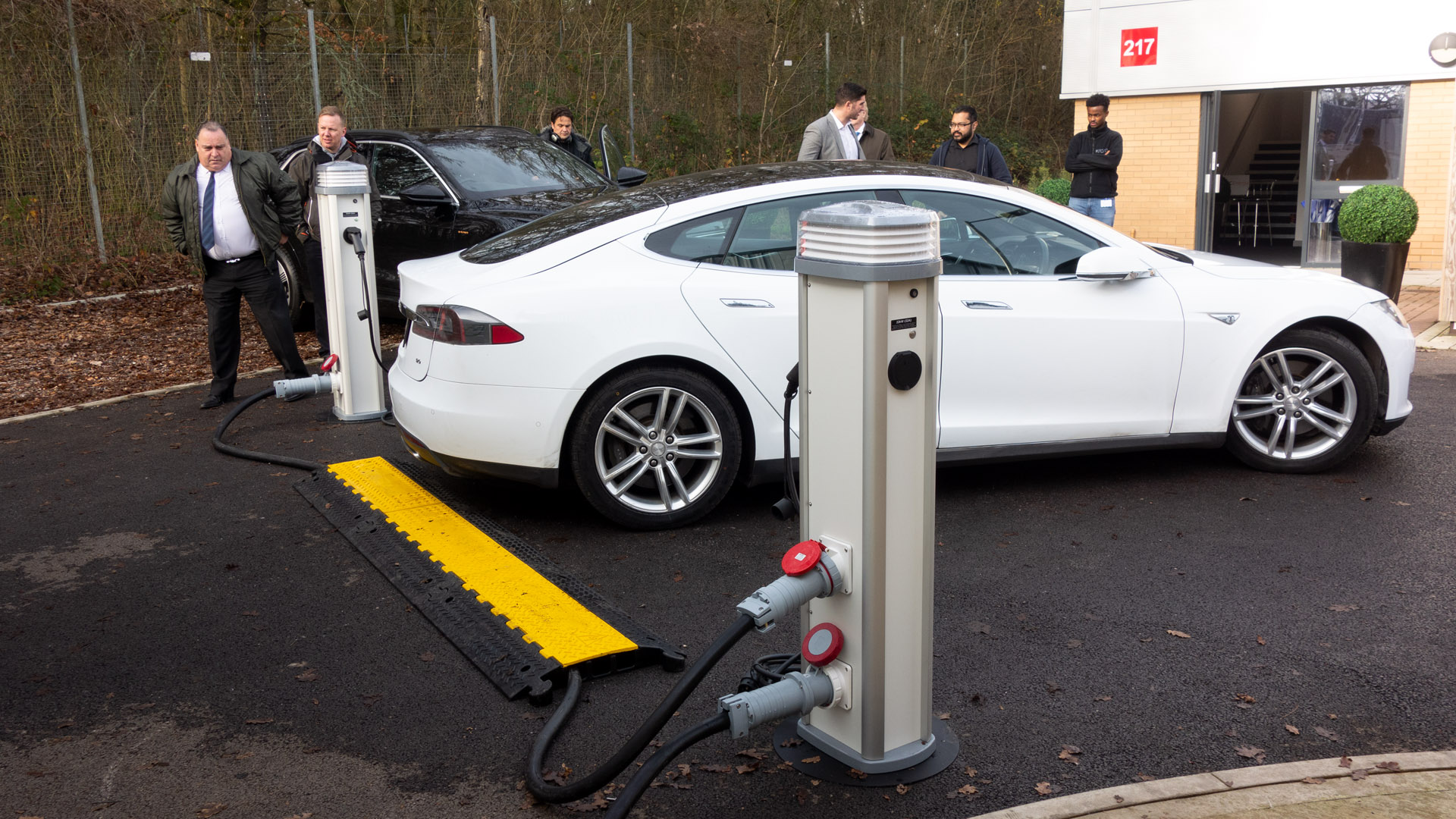
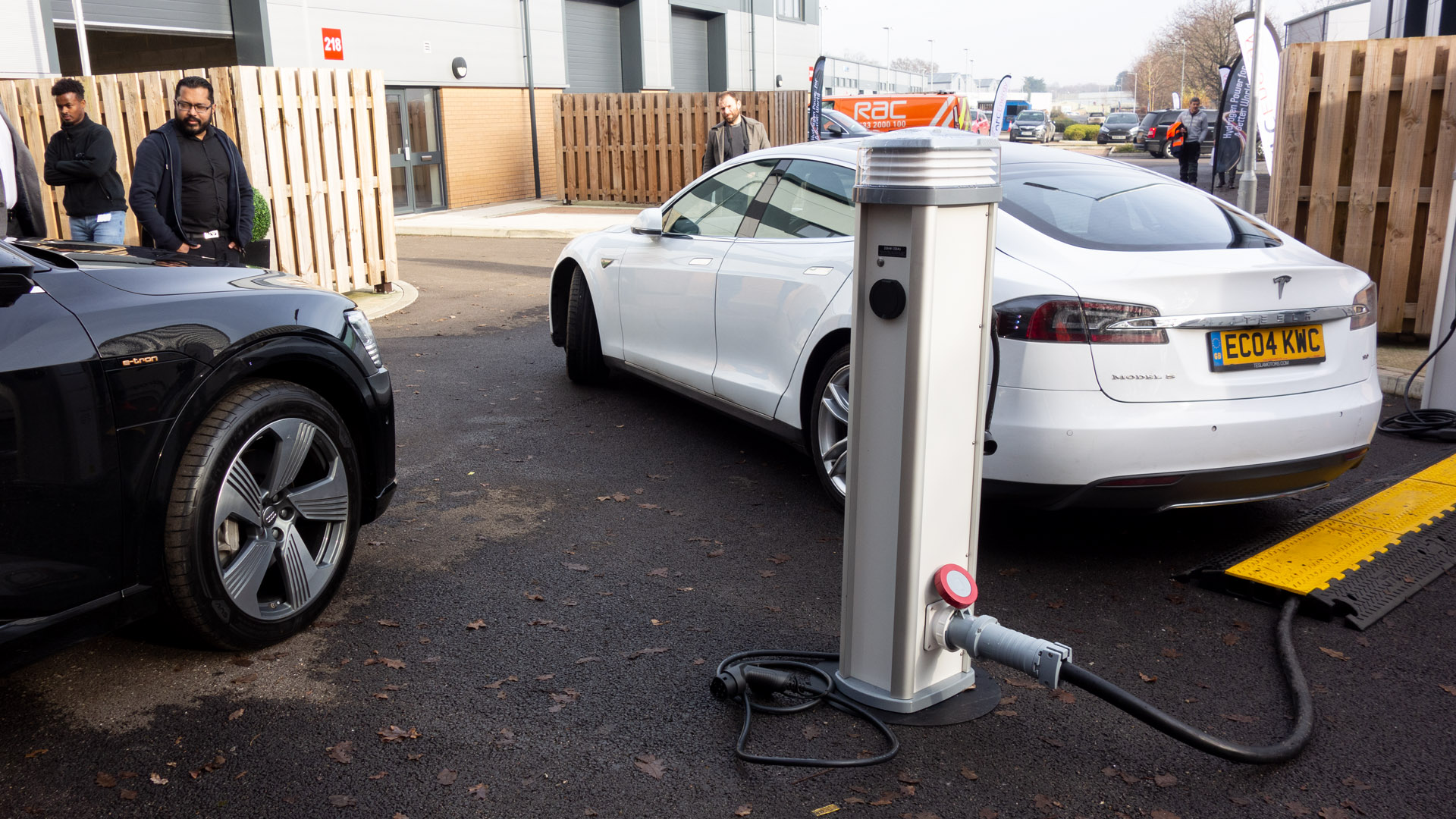
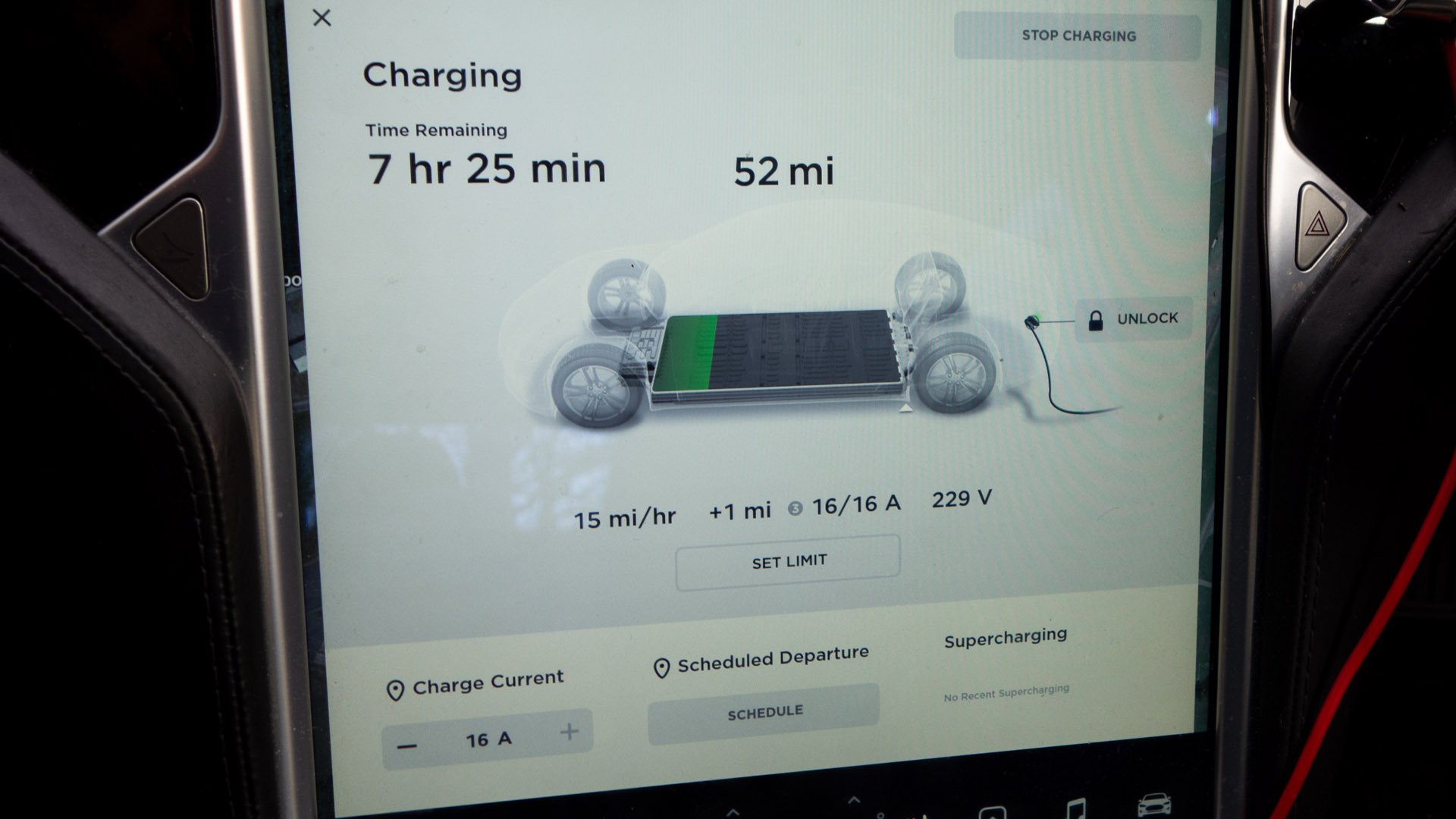
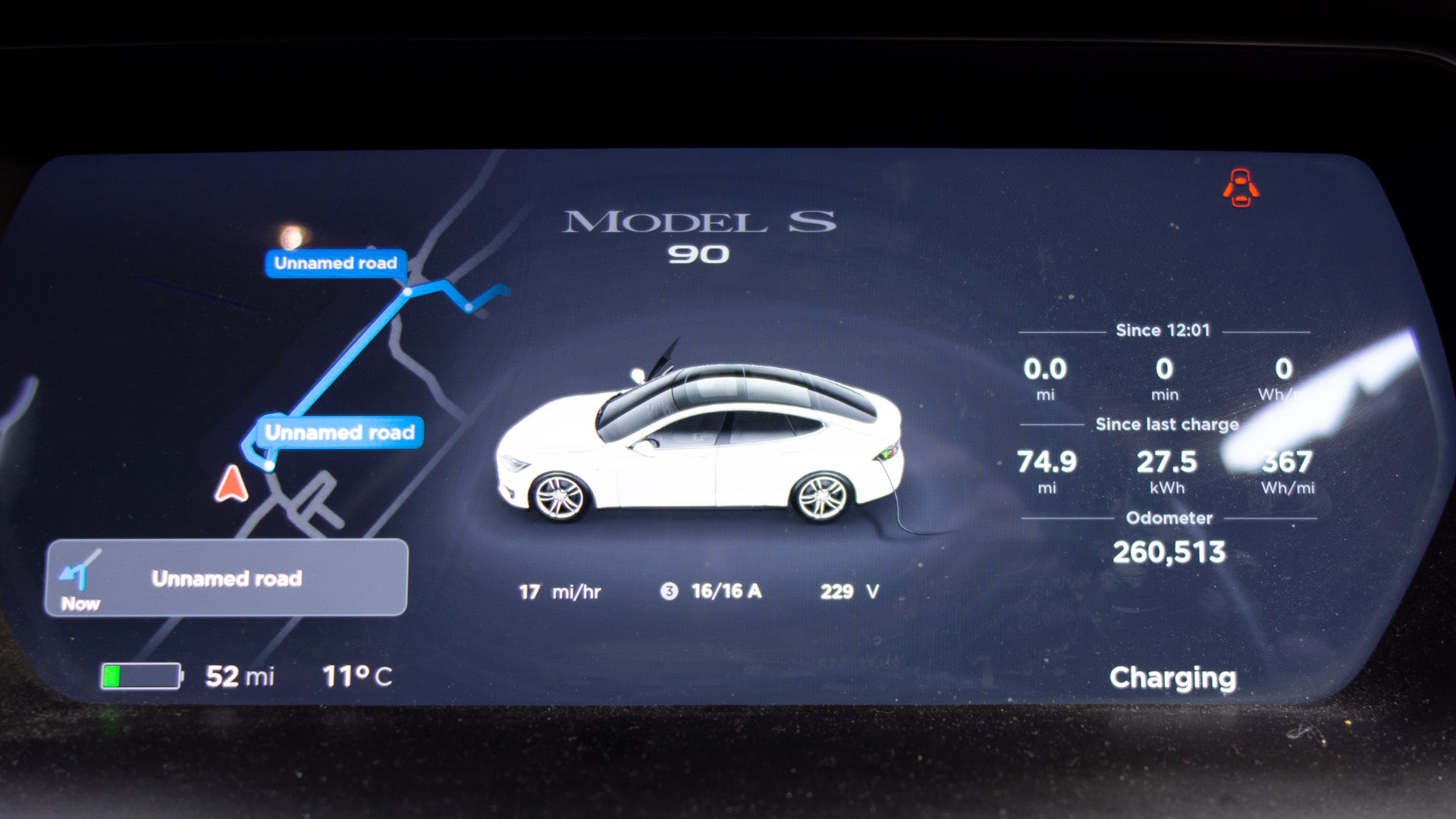
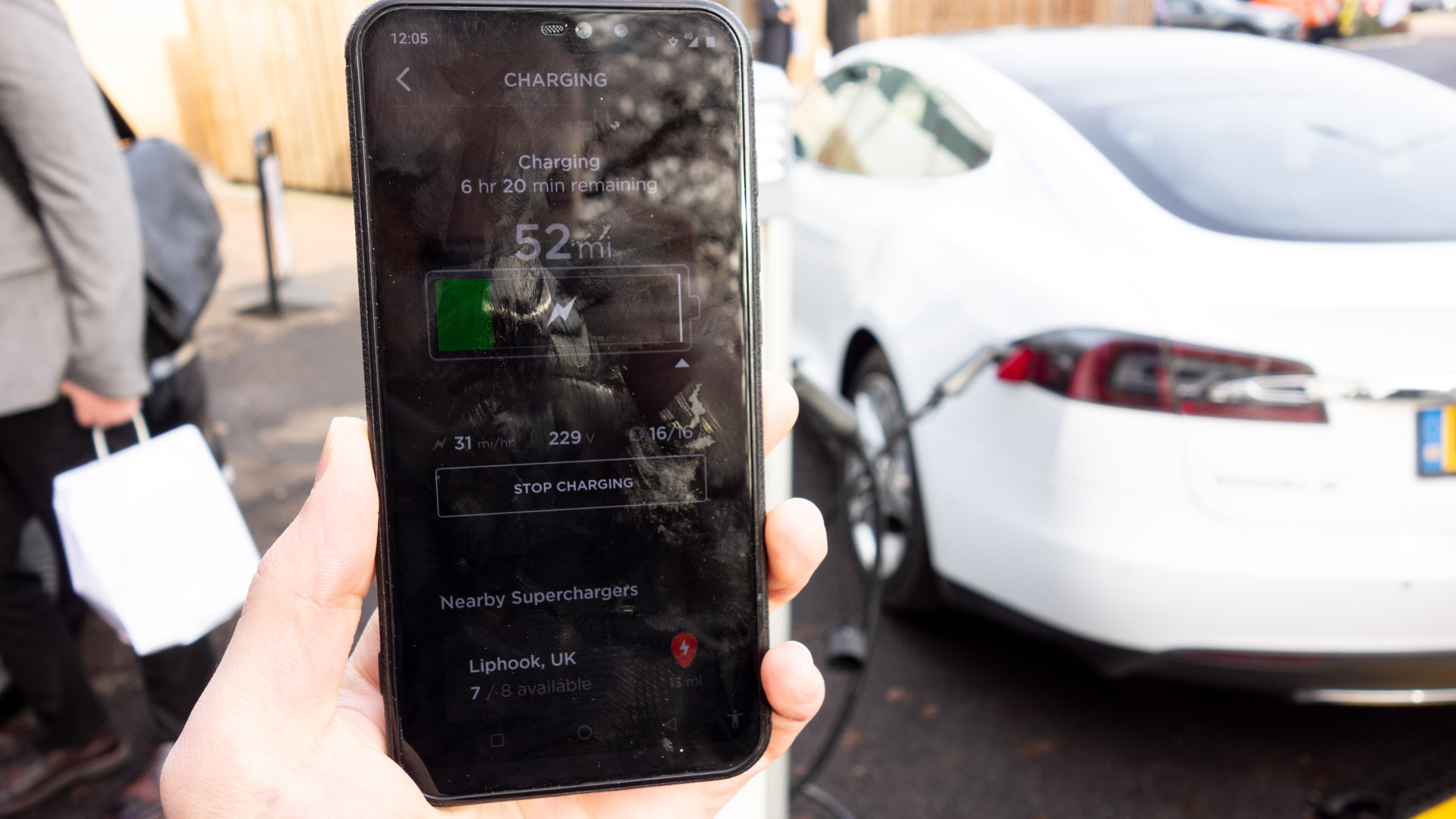







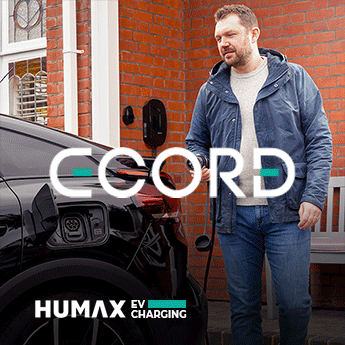
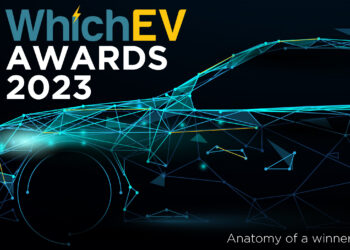
Discussion about this post